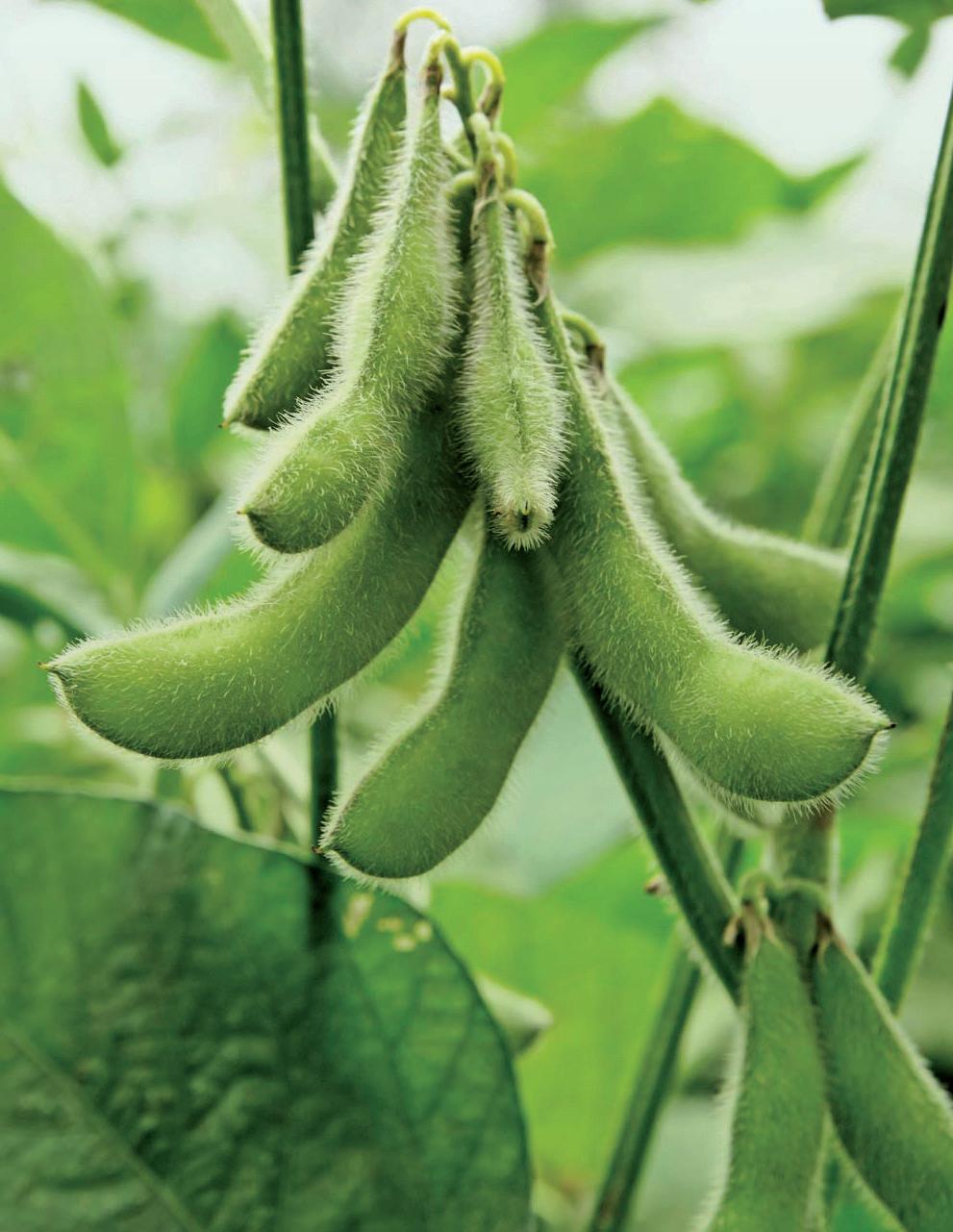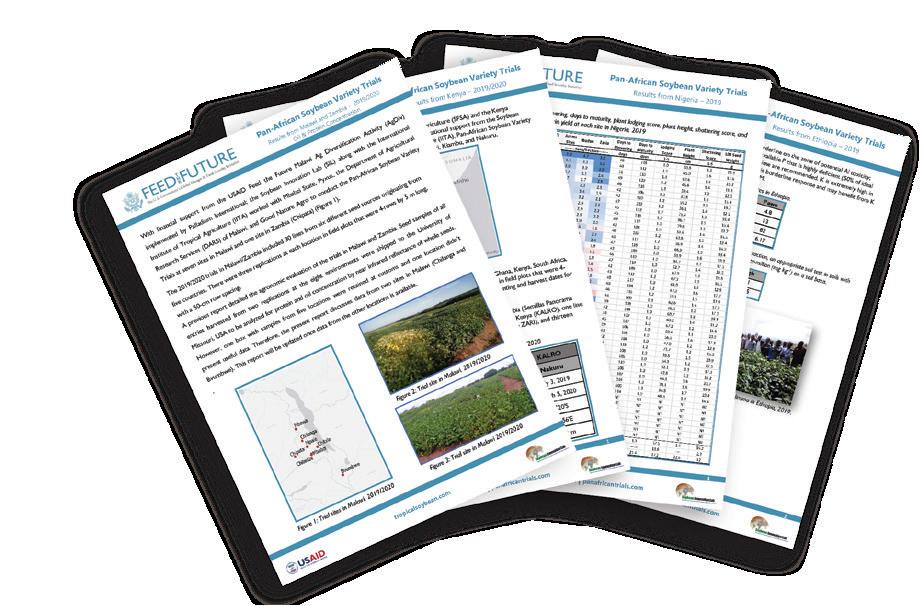INNOVATION TO IMPACT
Science of the SIL Multi-Crop Thresher: Profitability, Performance, and Promoting Gender Equity PROFITABILITY: The SIL thresher is profitable and sustainable – operators can pay back the capital cost of the thresher and still earn a high rate of return (gross margins range from 64-80% based on data from Ghanaian and Zambian commercial operators). Service providers can achieve a $57/day profit when threshing 50% maize and 50% soy. PERFORMANCE: The rated thresher capacity is approximately 2,000 kg of shelled maize per hour and 200 kg of soybean per hour with less than 2% postharvest loss. PROMOTING GENDER EQUITY: 61% of women-led thresher groups reported better prices for their crops when using the SIL MCT and 55% reported an increase in cash on-hand and access to credit. Women-led thresher owners reported feeling more ‘important’ and that their views were respected because men recognized they controlled a valuable asset – a mechanized thresher.
KEY IMPACTS Thresher economic impacts cut across the value chain by: • Increasing market value of farmers’ produce • Reducing the cost of threshing • Improving grain quality Reactions from women-led thresher groups in Ghana
“The thresher has brought relief to women. For the first time in my life, I finished my farm before my husband’s, and we will no longer manually thresh again. See my palm this year!” [Participant showed that the skin of her palm was not torn or damaged from manual threshing]
• Reducing manual labor • Reducing the time needed for threshing • Spurring rural industrial production • Expanding opportunities for youth
“Our thresher does not collect cash.We only request grain, which is easy for every farmer to pay.” “My soybean crop was burned last year in the field [during a bush fire while waiting to be manually threshed]. But not again this year because of the [mechanized] thresher.” “The men in our community have seen our importance, and they can’t believe we have a thresher to ourselves.When they want to use our thresher, they come, and we negotiate in a meeting.”
Throughput capacity of the SIL Multi-Crop Thresher Rudy Ofori is a Product Manager with SAYeTECH, the Soybean Innovation Lab’s commercialization partner for the multi-crop thresher in West Africa. Rudy leads thresher demonstrations for customers, showcasing the capacity and performance of the thresher across a range of crops including soybean, maize, cowpea, millet, sorghum, and rice.
• Reducing postharvest losses
Averages Throughput Capacity Chaff/Weight %
Soybean 142 kg/hour 1.8%
Throughput capacity based on field data collected by SIL among thresher operators in Ghana and Zambia.
Maize 2,839 kg/hour 0.1%
Rice 105 kg/hour 0.3%
BENEFITS REALIZED BY WOMEN-LED THRESHER GROUPS IN GHANA
58%
reported no longer needing cash to pay for threshing services
61% reported better prices for their crops
55%
reported an increase in cash on-hand and access to credit





















